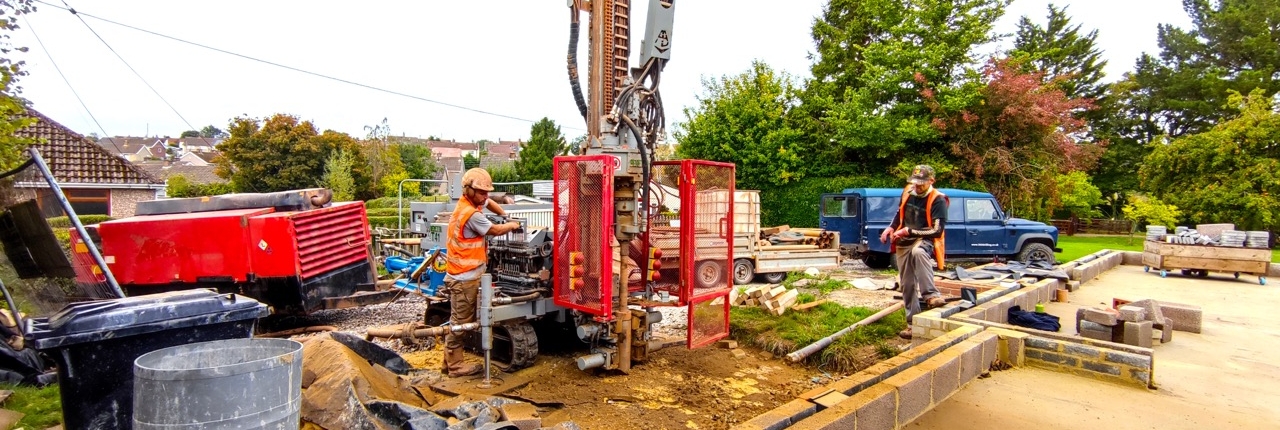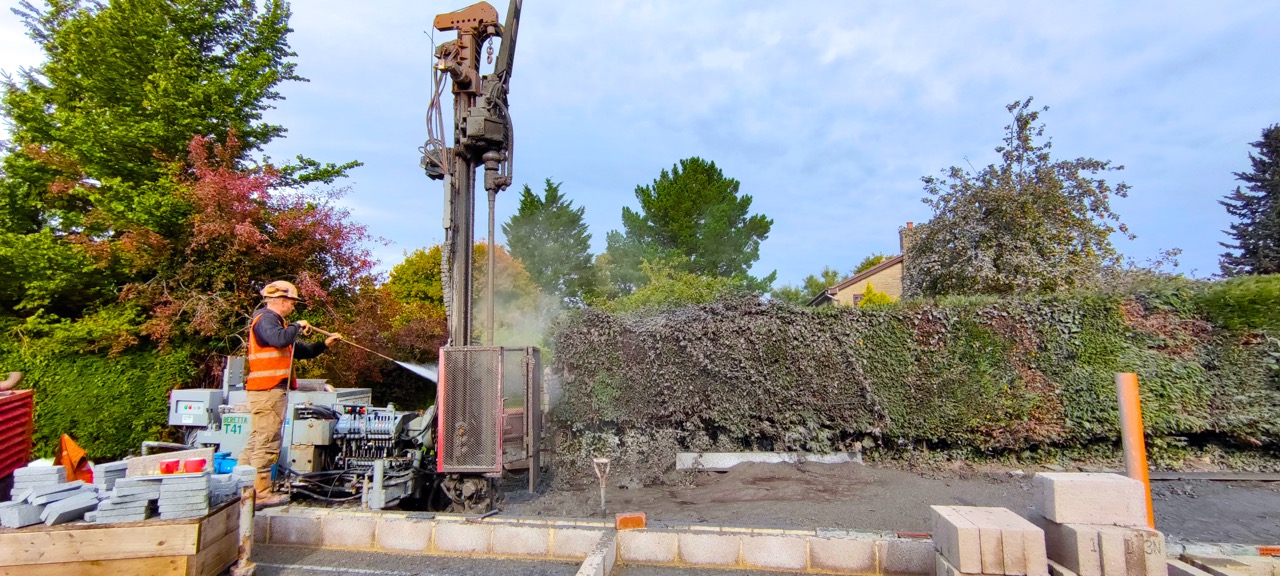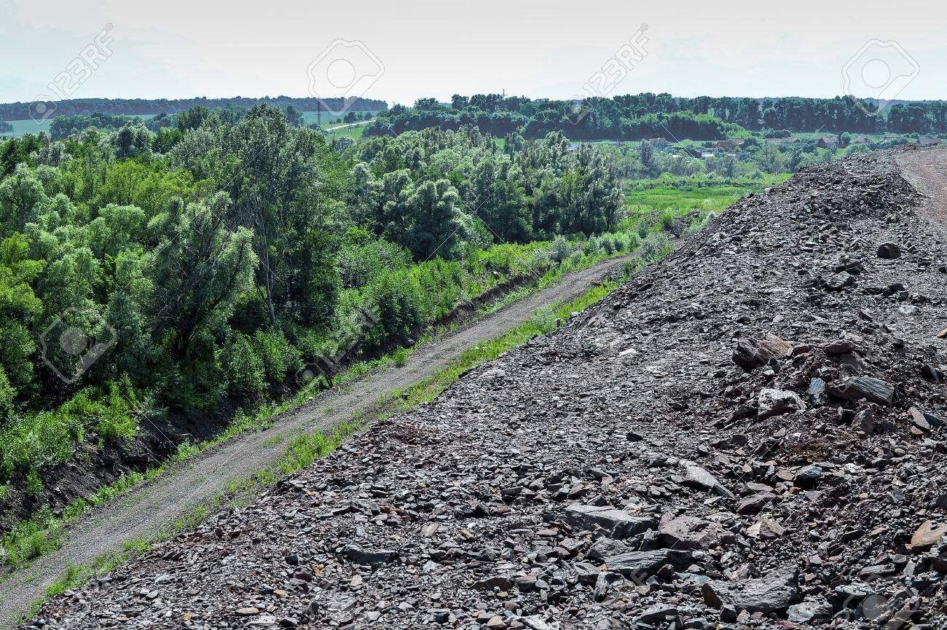Coal Mining Risk Assessment South West Regional Office
Coal Mining Risk Assessment South West Office
Earth Environmental & Geotechnical we are routinely commissioned to provide Coal Mining Risk Assessments (CMRA) for planning applications.
A CMRA is required when a relevant development falls within a Coal Authority development high-risk area, due to either former underground workings, potential shallow mineworkings, or abandoned mineshafts.
Coal Mining Risk Assessments (CMRA) for Planning Applications
Importance of a Coal Mining Risk Assessment
a) A CMRA should always be developed by a Chartered Geologist (CGeol). Geologists are well versed in how to interpret geological, borehole records and mining maps. Much of the information on a map is based on interpolation and interpretation.
b) A CMRA should always, wherever possible be based on 1/10,000 or 1/10,560 scaled geological maps. To many reports rely on 1/50,000 scaled maps which often do not contain sufficient detail to appreciate complex geological settings.
c) The Coal Authority database of mining records is vast and a valuable national resource. There are however anomalies and some Development High Risk Areas have been assessed using outdated maps. Always check data provenance.







